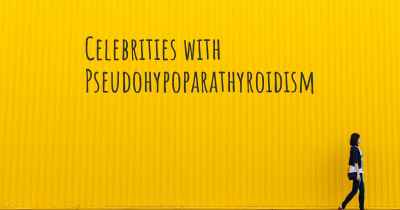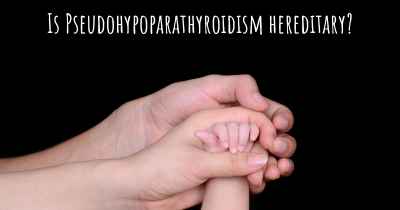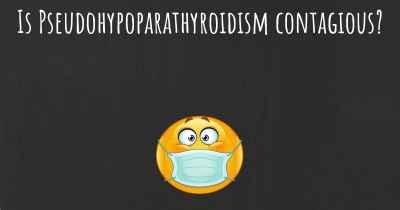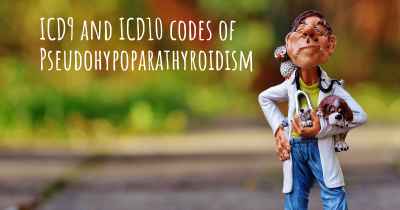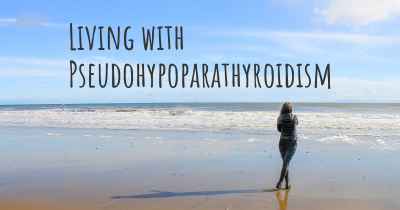Which are the symptoms of Pseudohypoparathyroidism?
See the worst symptoms of affected by Pseudohypoparathyroidism here
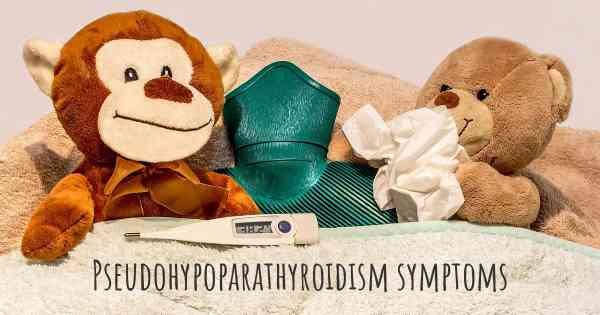
Pseudohypoparathyroidism is a rare genetic disorder that affects the body's ability to respond to parathyroid hormone (PTH). This hormone plays a crucial role in regulating calcium and phosphorus levels in the body. Individuals with pseudohypoparathyroidism have normal or elevated levels of PTH, but their tissues are resistant to its effects.
Symptoms:
The symptoms of pseudohypoparathyroidism can vary widely among affected individuals. Some individuals may exhibit only mild symptoms, while others may experience more severe manifestations. The most common symptoms include:
- Hypocalcemia: Low levels of calcium in the blood can lead to symptoms such as muscle cramps, twitching, numbness, tingling, and seizures. Hypocalcemia can also cause dry skin, brittle nails, and dental problems.
- Tetany: Tetany is characterized by involuntary muscle contractions, which can cause muscle spasms, stiffness, and tremors.
- Hypoparathyroidism-like features: Despite having normal or elevated PTH levels, individuals with pseudohypoparathyroidism may exhibit symptoms similar to those with hypoparathyroidism, including fatigue, weakness, and poor growth in children.
- Short stature: Children with pseudohypoparathyroidism may have a shorter stature compared to their peers due to the disorder's impact on bone development.
- Developmental delays: Some individuals with pseudohypoparathyroidism may experience delays in reaching developmental milestones, such as walking or talking.
- Obesity: A characteristic feature of pseudohypoparathyroidism, particularly in a subtype called Albright hereditary osteodystrophy (AHO), is obesity. This obesity tends to be more pronounced in the face and trunk.
- Round face and short neck: Individuals with pseudohypoparathyroidism, especially those with AHO, may have distinct facial features, including a round face, short neck, and a small bridge of the nose.
- Shortened metacarpals: The bones in the hands, specifically the metacarpals, may be shorter than normal in individuals with pseudohypoparathyroidism.
- Endocrine abnormalities: Pseudohypoparathyroidism can also affect other endocrine glands, leading to hormonal imbalances. This can result in early puberty, menstrual irregularities, and infertility in affected individuals.
It is important to note that the severity and combination of symptoms can vary significantly between individuals with pseudohypoparathyroidism. Some individuals may only exhibit a few mild symptoms, while others may experience a wide range of manifestations.
Diagnosis and Treatment:
Diagnosing pseudohypoparathyroidism involves a combination of clinical evaluation, laboratory tests, and genetic testing. Blood tests can assess calcium, phosphorus, and PTH levels, while genetic testing can identify specific genetic mutations associated with the disorder.
There is currently no cure for pseudohypoparathyroidism, so treatment focuses on managing symptoms and preventing complications. This typically involves calcium and vitamin D supplementation to maintain normal calcium levels in the blood. In some cases, additional medications may be prescribed to help regulate calcium and phosphorus metabolism.
Regular monitoring and follow-up with healthcare professionals are essential to ensure optimal management of the disorder and to address any potential complications that may arise.

